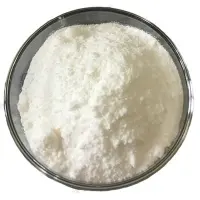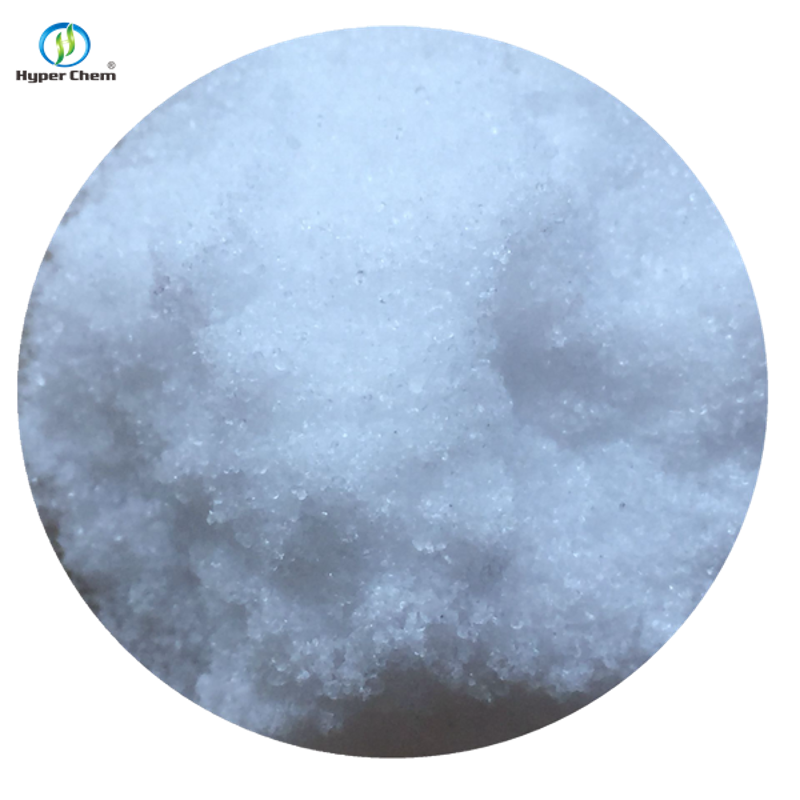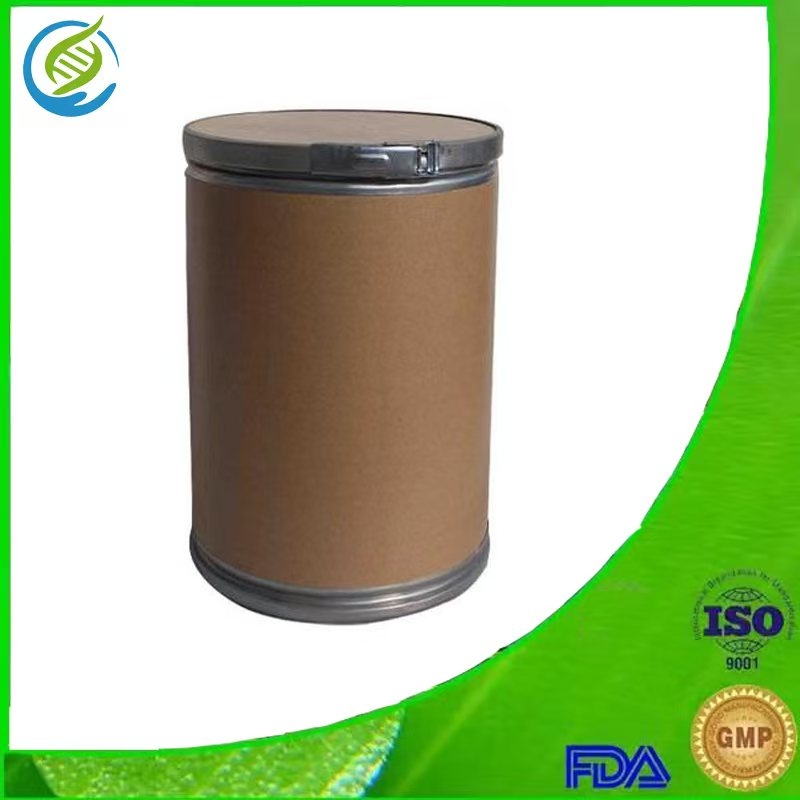-
Highlights to be read in the September 2020 issue of Cell.
Time of Update: 2020-10-14
September 30, 2020 / --- September 2020 is coming to an end, what are the highlights of the September Cell journal research worth learning? The editor-in-chief has organized this and shared it with y
-
Sleep: Studies confirm a link between sleep apnea and Alzheimer's disease.
Time of Update: 2020-10-14
new study shows that, like people with Alzheimer's disease, these plaques begin in the same place in the brains of people with obstructive sleep apnea and spread in the same way.
-
Molecular Psython: Study reveals relationship between stress and depression.
Time of Update: 2020-10-14
MARCH 20, 2020 /--- In a recent study, researchers at the Karolinska Institute identified a protein in the brain that is important for the release of the mood-regulating substance 5-serotonin and stress hormones.
-
Cell: Study reveals new map of working memory in brain.
Time of Update: 2020-10-14
Sethupathy said: "Unlike standard laboratory mice, these mice have the same level of genetic diversity as humans, which means that some may be good at working memory tasks, others are not so much, and we can study the information physiology in their brains to cause this change." labyrinth experiment, researchers found a gene that had a significant effect on the working memory of animals.
-
Progress has been made in the repair and functional remodeling of damaged neural loops.
Time of Update: 2020-10-14
the key to stem cell therapy for neurological disorders is the repair and functional reconstruction of damaged neural loops, and precise network connections between neurons in the brain are gradually formed during development, involving complex mechanisms for the growth of nerve fibers.
-
eLife: Why a-synactal proteins can cause different pathological outcomes.
Time of Update: 2020-10-14
in the study, Suzuki and colleagues confirmed that two different structurally different α-synth nuclear protein strains caused different pathology, and they also found that these α-synth nuclear protein strains had different ability to inhibit the activity of 26S proteases.
-
Nat Commun: Micro-brain "tweezers" help treat Parkinson's disease.
Time of Update: 2020-10-14
group of researchers suggests that tiny compounds known as molecular tweezers could be a promising treatment for Parkinson's disease.
, the team investigated whether a specific molecular tweezer, CLR01, could reduce the formation of protein clumps in Parkinson's cells and mouse models.
-
Move Disorders: Parkinson's patients are at higher risk of dying from COVID19.
Time of Update: 2020-10-14
a new analysis by researchers at the University of Iowa Health Care based on patient data from the TriNetX COVID-19 research network shows that Parkinson's disease is a separate risk factor for dying from COVID-19.
-
JCM: Machine learning predicts ecMO's risk of brain damage in children.
Time of Update: 2020-10-14
Doctors have some intuition about potentially at-risk children, but so far we don't have definitive data to determine which factors are responsible for ECMO-causing brain damage," said Dr. Lakshmi Raman, an associate professor of pediatrics and lead researcher on the study.
-
Parkinson's is a new drug! Kynmobi (absinthe) U.S. market: 15 minutes effective, OFF event only on-demand sub-tongue therapy!
Time of Update: 2020-10-13
(sublingual film), a drug approved by the FDA in May 2020 for acute intermittent treatment of fluctuations in motor symptoms in patients with Parkinson's disease (PD), or OFF episodes, "OFF" events.
-
Watch out for ants! The woman was bitten by an ant on the beach and sent to the emergency department in shock!
Time of Update: 2020-10-13
now think, the opening woman was bitten by red fire ants can be rescued in time, can be said to be a blessing ah!
-
J Clin Sleep Med: Insomnia sleeps badly? New research has found that covering heavier blankets may make you sleep better.
Time of Update: 2020-10-13
This open clinical follow-up study involved 120 participants with clinical insomnia symptoms and at least one mental illness (severe depression, bipolar disorder, generalized anxiety disorder) who were assigned 8 kg/6 kg of blankets (aggravated blanket groups) and 1.5 kg of blankets (control groups) for four weeks.
-
Nat Metabolism: Research reveals how the brain provides energy for neuron communication.
Time of Update: 2020-10-13
their findings, published in the journal Nature Metabolism, show that a series of chemical reactions control a feedback loop that senses the need for more energy and replenishes it by collecting mitochondrial cell dynamics from synapses.
-
Behavioural Brain Research: The neurophysiological response of safe signals and the role of cardiac ecstic nerve control.
Time of Update: 2020-10-13
Current research uses the fear condition reflex paradigm to test the association between winking shock and event-related brain potential (ERP) incubation period safety signal learning measures, as well as the role of cardiac ecstasy nerve control (top-down inhibitions required for safe learning).
-
Diabetes Care: The relationship between statin therapy and the risk of multiple neuropathy in people with type 2 diabetes.
Time of Update: 2020-10-13
rate of DPN events per thousand people is similar for new users (4.0 (4.0) 95% CI is 3.8-4.2), current users (3.8 (3.6-3.9)) and non-users (3.8 (3.7-4.0)).
compared to non-statin users, the aHR of the new user's DPN is 1.05 (0.98-1.11) and the current user is 0.97 (0.91-1.04).
-
Ann Clin Transl Neurol: CXCR4 aortics stimulate the regeneration of axons after sebra nerve damage.
Time of Update: 2020-10-13
The purpose of this study is to test whether the signal axis CXCL12 alpha-CXCR4 is activated after the setan nerve is squeezed/cut, and to test the activity of the new CXCR4 astration nuCC-390 in promoting nerve damage recovery, the results of which were published online in Ann Clin Transl Neurol.
-
Alzheimer's and Dementia: Cognitive depression screening factors in normal older adults.
Time of Update: 2020-10-13
")。 In order to determine whether depressive symptoms on GDS (15 versions), including self-reported memory problems, varied depending on brain amyloid protein β (A beta) levels (a pathological marker of early AD), the researchers investigated potential measurement deviations in A-beta levels, as well as measurement deviations attributable to cognitive function levels and gender as positive controls.
-
Acta Neuropathologica: Immunochemistry, DNA methylation, and chromosomal copy number characteristics of horsetail sub-neurothromaoma are different from those of extra-neuroblastomas outside the spinal cord.
Time of Update: 2020-10-13
Contrary, rare side neurothroid tumors that occur in the horsetail (CEP) or end-filament region have been shown to be hormone-silent, clinically inert, and have variable keratin expression, suggesting that these tumors may represent a single pathological entity.
-
Multiple Sclerosis Drugs or New Members: FDA Approves ANK-700 IND for the Treatment of Multiple Sclerosis.
Time of Update: 2020-10-13
an ANK-700 aims to re-integrate the immune system through a potential conversion method by utilizing natural immune tolerance pathways in the liver." in preclinical models, Anokion has demonstrated that its effective liver-targeted technology-induced to-resistant T-cell mechanisms can effectively prevent or reduce the pathological response of MS.
-
cell: STING molecules are involved in the development of motor neurone diseases.
Time of Update: 2020-10-13
they found that by blocking immune receptor molecules called STING, they could significantly prevent inflammation of cells in MND patients, paving the way for the development of new drugs for neurodegenerative diseases such as MND.







